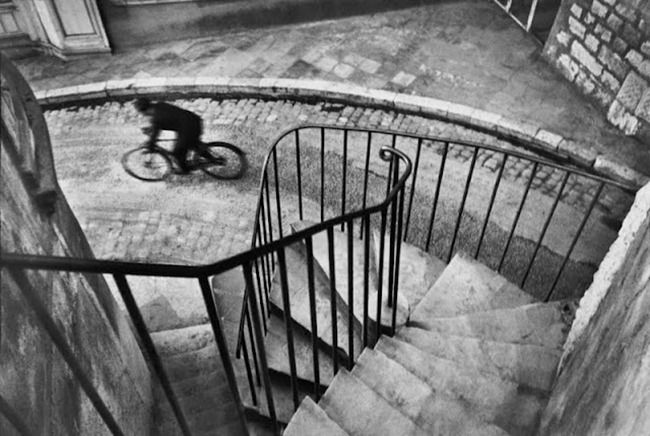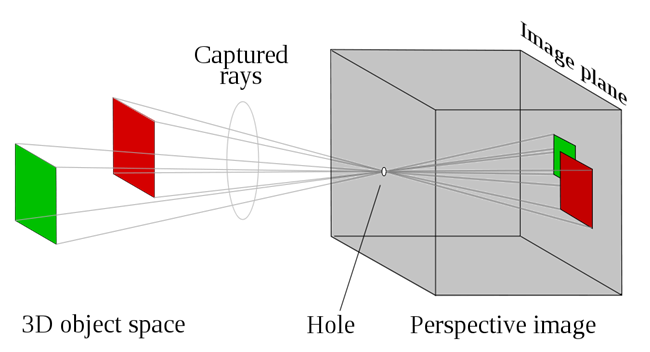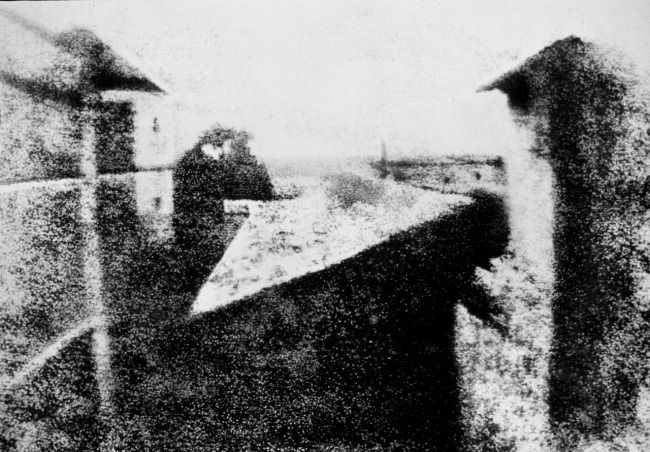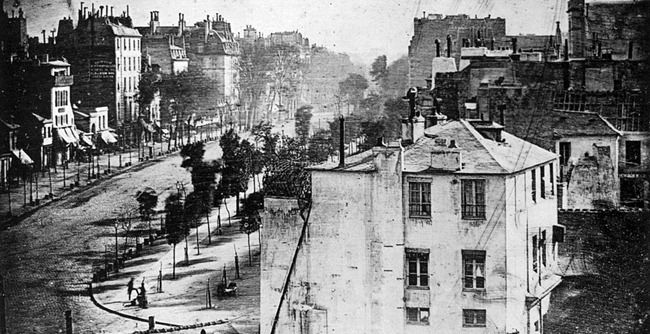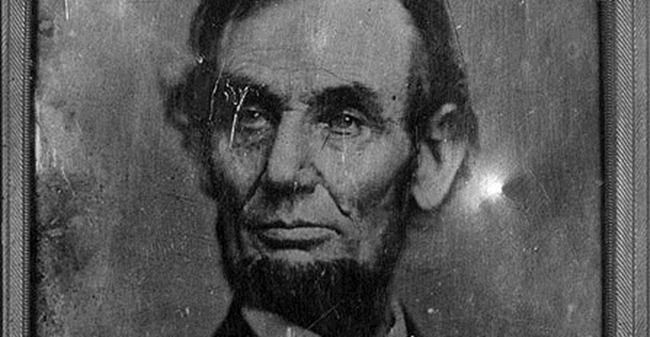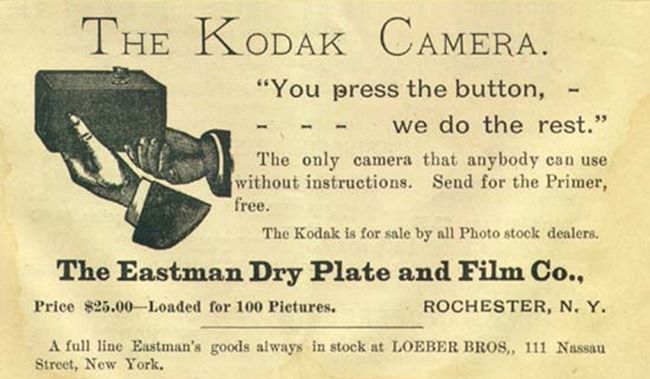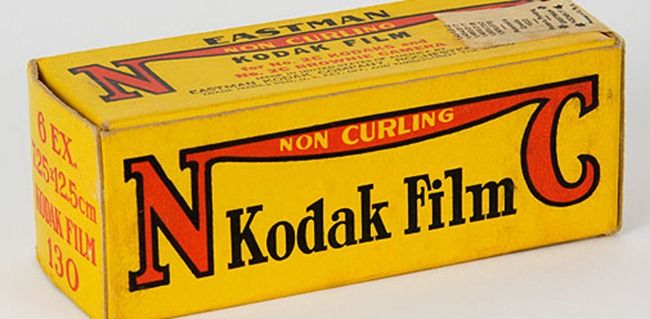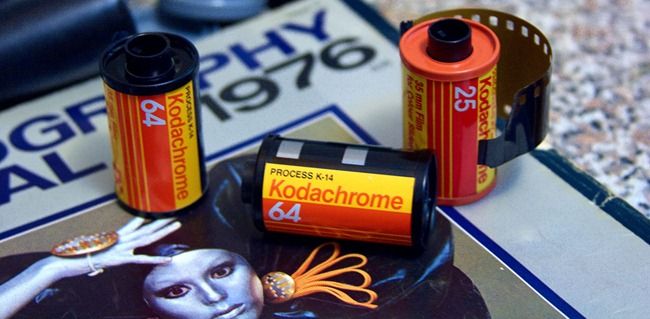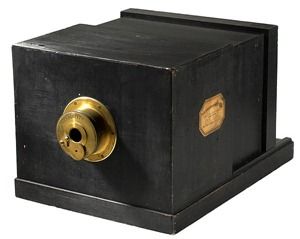Quick Links
When you learned photography the hard way, it’s hard not to see the new generation as simpletons spoiled by the advance of tech. Today, we're learning about the history of photography, and how hard it really was.
There's a long history of technological advancements in photography. Digital cameras in particular have not only have improved image quality, but have also made photography more and more accessible to us, the common rabble, much to the annoyance of professionals and high-level enthusiasts. Is there merit to this argument? Let's take a look today, and find out some surprising, very interesting answers.
So Easy, Even An Idiot Could Do It
Modern digital cameras really are ridiculously easy to use. Auto focus, auto white balance, auto ISO, auto aperture, auto shutter speed—you press a button, and they do the rest. You don’t have to know anything about light, don’t have to deal with developing film, nor with photographic papers. Even with a big, impressive interchangeable lens camera, you’re basically a kid spoiled by technology, making a precious art form accessible to the the artless common man. This attitude is probably as old as the second generation of photographic technology, and it was just as grumpy and mean spirited then as it is today.
And on the flipside of that coin, modern photographers often fail to understand the importance of great photographers of years past, and how the work they do is only possible because of the trails blazed by pioneers in the field years ago. The above photograph was taken in 1936 by a Henri Cartier-Bresson, an early 20th century photographer, known for his almost documentarian style of “street photography” that influenced generations of photographers.
In 2006, it was jokingly inserted into a Flickr in a group called “Delete Me,” where photographers post their images to be critiqued. It was almost instantly panned by the users there—“too blurry,” or “too grainy.” Spoiled by the advances of modern technology, the modern digital photographers failed to understand why an image should be anything less than immaculately clean and sharp, free of reticulation or film grain. By judging this work of art (which sold in 2008 for $265,000) by modern standards, modern artists fail to understand the importance of their technological advances, not to mention fail to understand the artistry of an important and influential talent. Today, we'll attempt to bring old and young together to appreciate the clever advances of technology by understanding just how hard it used to be to take a photo of something.
Camera Obscura, Daguerreotypes, and The Birth of Photography
We’ve talked about camera obscura nearly ad nauseum, as it’s such a great illustration of the physics of how your camera works. But “photography” as we know it didn’t really begin with camera obscura, although early camera obscura can be thought of as a sort of proto-photography.
This is one of the oldest images taken with a camera obscura (the oldest image still in existence), developed with a process that uses pewter plate as an image plane. Joseph Nicéphore Niépce created this first permanent photographic image (sometimes called a Heliograph) by hardening bitumen, or asphault, on a pewter plate. Bitumen reacts to light by hardening, with a positive image created by a solvent bath. While Niépce had come up with a very difficult, but very clever way to capture and record light, the image quality was far from good.
The first image we might actually call “photography” was taken by Louis Daguerre, who is known not only an artist, but a physicist—pretty much the skillset it took to be an originator of photography. While we can’t credit Daguerre for inventing photography outright, he did work with Niépce on a chemical process that would become the “Daguerrotype”—what we know as the first viable method of creating permanent photographs.
Other inventors and clever people had contributed by independently creating early photographic methods (like Hércules Florence), although Daguerre is best known for his method, which was bought from him and made public domain by the government of France.
Many of the hallmarks of this kind of daguerreotype photography were limitations of the medium. They were created on sheets of metal with materials that were not terribly photosensitive. Because of this, extremely long exposures were needed to get any sort of image at all—so subjects were stiffly posed, and rarely smiled.
Daguerreotypes also had the limitation of not being reproducible, as the image was captured directly on the surface of the material. This lead to the development of glass-based photo plates and negatives, which eventually could be used to print copies of images.
Kodak Made Photography Mainstream and Ruined it For All The Hipsters
Photographers in the mid to late 19th century had to be very clever, very technically savvy people, and had to carry around huge supplies of hazardous chemistry and heavy glass or metal plates to take any sort of image at all. George Eastman set out to change that, ruining photography forever by taking it out of the hands of combination chemist/artists. The process was more accessible to a broad market audience, much to the chagrin of professionals and “old school” photographers. And thus, photography was ruined forever!
Eastman’s first model camera was given the invented nonsense word “Kodak.” This name eventually became the name of his company, the “Eastman Kodak” company, and later, as we know it, simply “Kodak.” Eastman was a clever inventor, and was responsible for many designs for easy point-and-shoot style cameras. However, his major contribution was the invention of photographic films in rolls, first on paper bases, then on cellulose. Even when film cameras started using color chemistry, these subsequent generations would be based pretty directly on Eastman’s cellulose model.
While there was quite a lot of interest in the Daguerreotypes (and similar monochrome photography), the advent of mainstream film systems lead to the market pressures that continued to push photography to create easier, more convenient products, as well as improved image quality along every step of the way. Don’t like carrying around heavy glass plates and chemistry? Here’s a film system so simple, anyone can use it. Don’t like loading your camera in the dark? Here’s a camera and film canister that can be loaded in broad daylight. Don’t like developing your own film? Send it to our laboratory, and we’ll develop and print it for you.
Fast forward some 200 years from the first photograph, and photographers are still complaining about how easy it is to take pictures compared to how it was in “the old days.” It would serve us all well to know that even the most old school of old school photographers probably isn’t coating and developing daguerrotype plates, and should readily embrace newer, more superior technology. And those of us that have little to no experience with the methods of the “old days” would be well served to know just how far we’ve come in just under 200 years of improved cameras, films, and photographic methods.
Image Credits: The Photographer by Andreas Photography, Creative Commons. Hyères, France, 1932 copyright the estate of Heni Cartier-Bresson, assumed fair use. Pinhole Camera (English) by Trassiorf, in public domain. All daguerreotypes assumed in public domain. Kodak Kodachrome 64 by Whiskeygonebad, Creative Commons. Daguerrotype Camera by Liudmila & Nelson, public domain. All other images assumed public domain or fair use.


